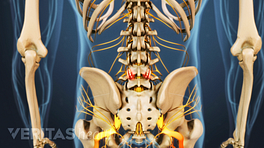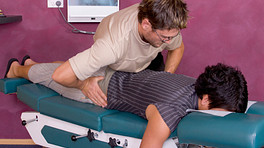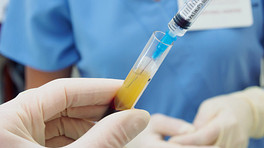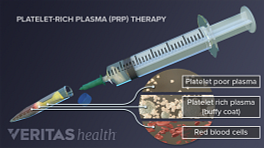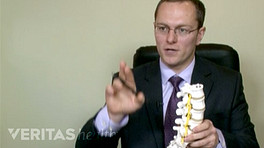So facet joint injection, is an injection in which you pass the needle to the facet joint. The needle is inserted in to the joint and a small amount of lidocaine or another anesthetic agent is introduced along with an anti-inflammatory medication. The anti-inflammatory cuts the inflammatory process and decreases the pain.
Alternatively you could do what is called a facet joint injection not directed at the facet joint but at the nerve going to the facet joint. This is called the medial branch block. And what it does is blocks the nerve that sends the painful signals to the brain that the facet joint actually hurts.
So if you block the perception of that pain, the facet still looks the same, still has the same inflammation, but the brain doesn't perceive it. and therefore it eliminates the pain.
In certain cases with a medial branch block, the actual branch block is more of a diagnostic tool, although in many cases it can be therapeutic in and of itself. But often time doesn't give you a prolonged relief. And when that's the case a second procedure can be performed in which another needle is placed near the nerve, the medial branch, and the needle tip is heated up to such a temperature to destroy the nerve. The nerve eventually will likely grow back. It can take upwards of a year or more. But for that period there's no signal being sent by that facet joint which is painful to the brain that it hurts. And there can be quite positive reduction in pain.
Facet joint injections help confirm that the joint is the actual source of pain. A doctor injects a numbing medicine either directly into the facet joint or into the small nerve branches that lead to the joint. If pain is temporarily relieved while the facet joints are numb, it means those joints are likely to be the source of pain.


